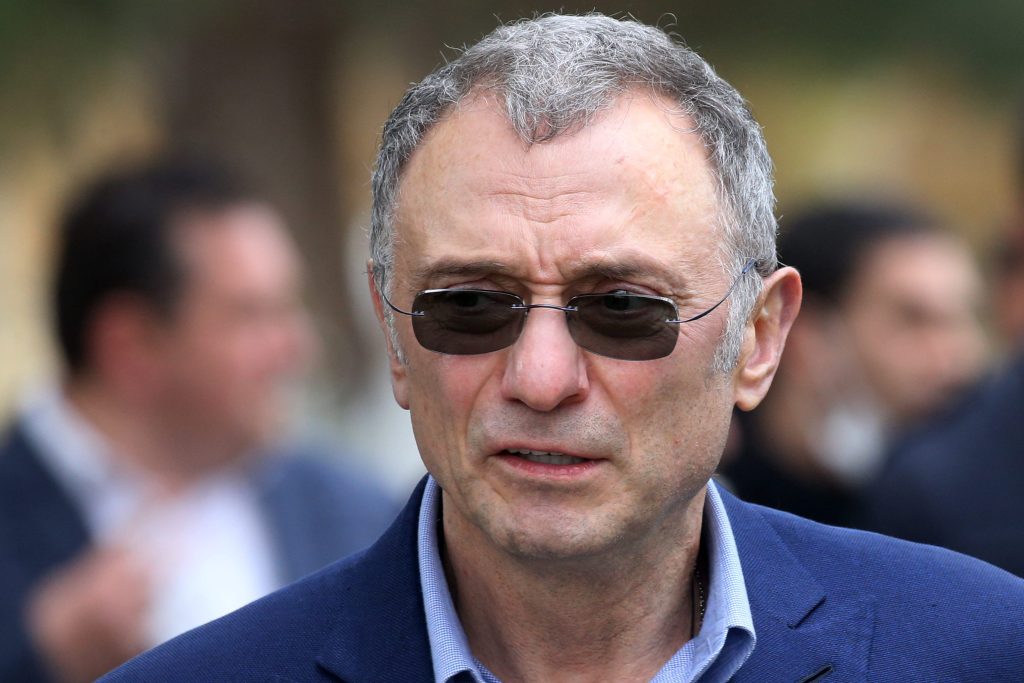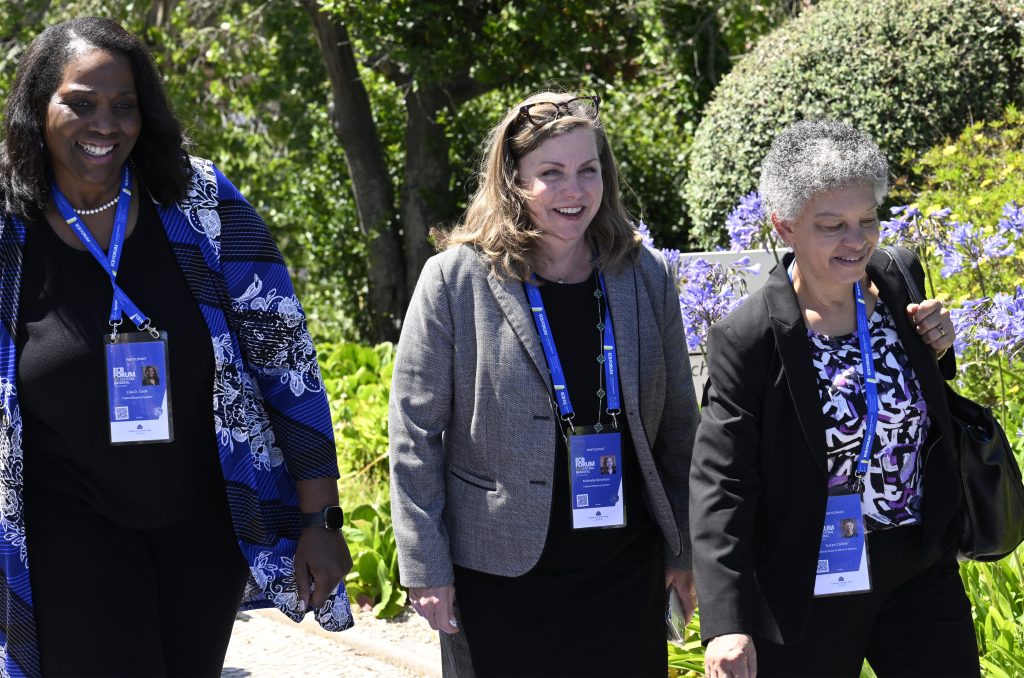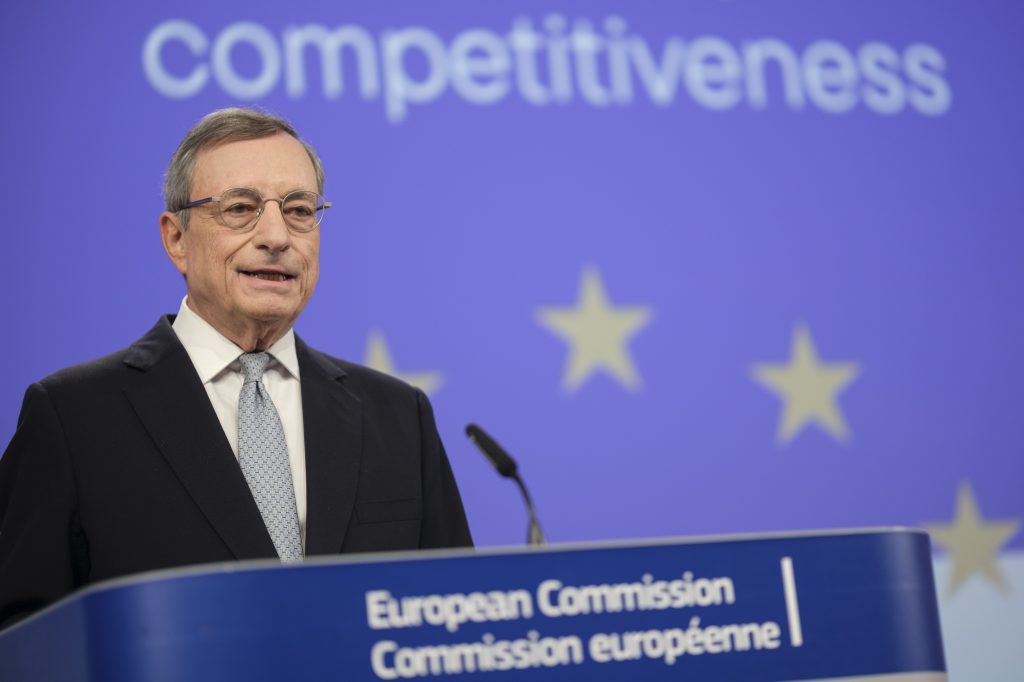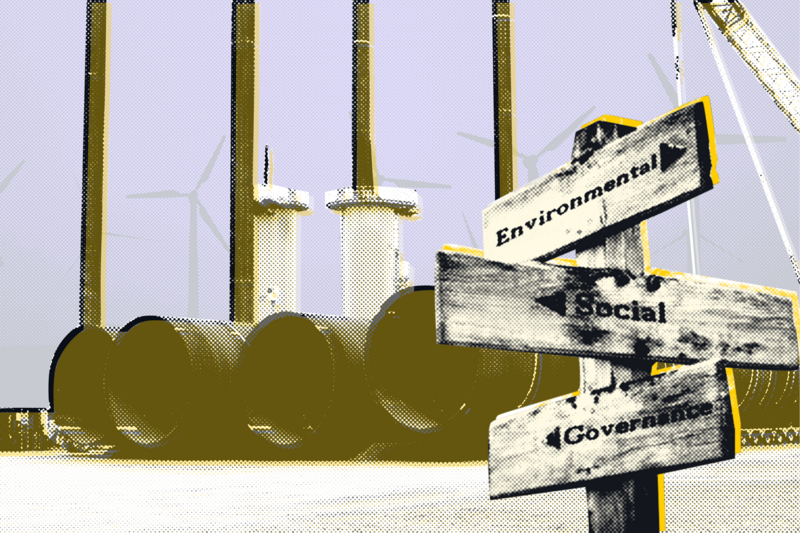In this batch of ESG-related news items, the focus is on funding attempts, sources and commitments, plus the decline in ESG-related bonds, such as “green” and “social” bonds.
And we find out why US Treasury Secretary Janet Yellin is arguing that environmentally-conscious financing is the “single-greatest economic opportunity of the
Register for free to keep reading.
To continue reading this article and unlock full access to GRIP, register now. You’ll enjoy free access to all content until our subscription service launches in early 2026.
- Unlimited access to industry insights
- Stay on top of key rules and regulatory changes with our Rules Navigator
- Ad-free experience with no distractions
- Regular podcasts from trusted external experts
- Fresh compliance and regulatory content every day

















